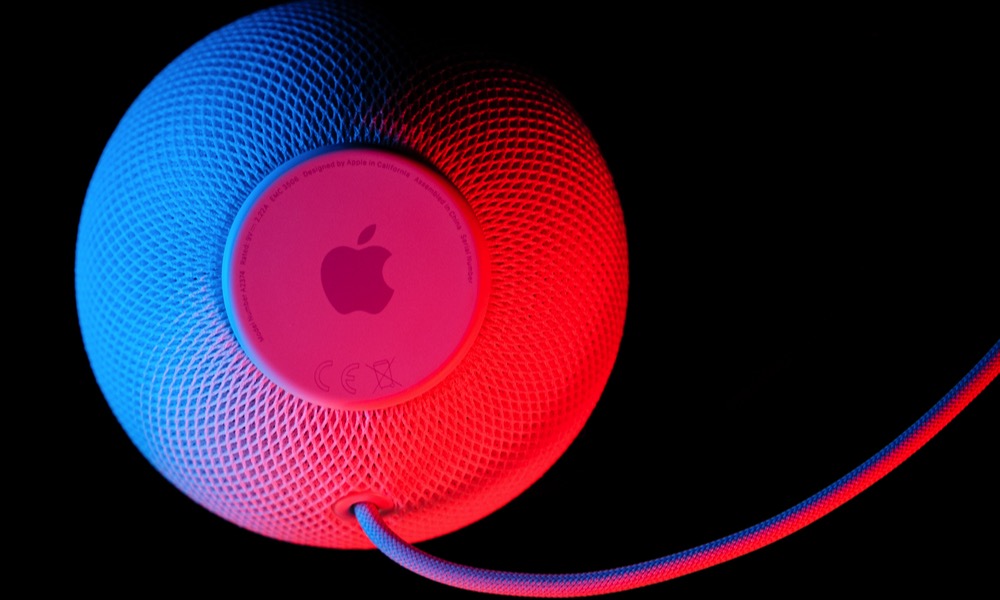Apple’s HomePod Can Now Be Jailbroken (Here’s What That Means)
 Credit: starry-sky-visual / Shutterstock
Credit: starry-sky-visual / Shutterstock
Toggle Dark Mode
The rumours of jailbreaking’s demise may have been slightly exaggerated, as groups of dedicated hackers continue to find new ways to exploit Apple’s hardware and operating systems and open up new possibilities.
To be clear, jailbreaking — the process of getting around Apple’s restrictions to enable more features and flexibility on Apple’s devices — isn’t nearly as in vogue as it once was, but that’s largely because Apple’s more recent advances in software and hardware have largely made it unnecessary — or at least not worth the tradeoff.
In the early days of the iPhone and iOS — back before it was even called “iOS” — there were a whole lot of things that you simply couldn’t do without jailbreaking. For example, it wasn’t until the iPhone 4 and iOS 4 came along that Apple even began to offer direct support for multitasking, and even that came in a fairly limited fashion.
By contrast, jailbreaking an iPhone allowed for apps that could take advantage of multitasking and run in the background. While this came at the cost of performance and battery life issues, for many power users and hackers the tradeoff was worth it, even if jailbreaking also introduced new security problems by bypassing many of the protections that Apple had built into iOS, including the limitations on allowing apps to access data from outside of their own “sandbox,” such as photos, messages, and contacts.
However, as iOS has evolved, a great many of the limitations that jailbreaking was designed to work around have been addressed by Apple expanding the capabilities of iOS in a much more controlled and safer way.
For example, multitasking and background apps are now the norm, however iOS still manages these in such a way as to preserve battery life and performance by not letting just any app run away in the background and do whatever it wants. Similarly, apps can now read photos and contact info, but only by explicitly asking the user for permission.
Still, there’s at least one Apple product that seems ripe for being loosened up by the jailbreaking community, and that’s Apple’s HomePod smart speaker, which remains quite limited in its capabilities.
Jailbreaking the HomePod
Last year a security researcher discovered the holy grail of jailbreaking in the form of a hardware vulnerability that provided a way to permanently jailbreak many iPhone models no matter what iOS version they were using.
Prior to that, jailbreaking had been a years-long cat-and-mouse game between the hackers and Apple — no sooner was a vulnerability found in iOS than Apple closed the holes, leaving jailbreakers back at square one to try and find the next exploit.
By contrast, however, a flaw found in a whole range of Apple’s A-series chips — from the A5 to the A11 — allowed for the creation of a new jailbreaking tool, checkra1n, which could allow any iPhone model from the iPhone 5s through to the iPhone X to be jailbroken, even when running the latest iOS versions. There’s even preliminary support for iOS 14.
Now the developers and researchers behind checkra1n have expanded the tool to allow the HomePod operating system, which is now based on tvOS, to be unlocked for the very first time ever, opening up the smart speaker to a whole new world of possibilities.
So far it only appears that the team has been able to jailbreak the original HomePod, which is somewhat unsurprising since it runs on an Apple A8 chip, which would be in the range of Apple chips that are vulnerable to the checkm8 exploit on which checkra1n is based. The HomePod mini, on the other hand, uses a new custom-designed Apple S5 chip, which has almost certainly been patched against the exploit.
At this point, the jailbreak community has only been able to get access into the HomePod operating system at a command-line level, via a secure shell (SSH) connection. This is already a significant accomplishment, however, and it’s allowed them to poke around and explore the HomePod “audioOS” in a way that hasn’t been possible before.
What This Means
It’s unclear right now exactly what may come as a result of this, but getting this level of access is an important first step toward opening up a whole new realm of possibilities for those who are willing to take the plunge into jailbreaking.
At a rudimentary level, this could allow for actions as simple as displaying custom colours on the top of the HomePod, triggering notifications and announcements from the speaker, and possibly even making it accessible as a standard Bluetooth speakers. Thinking further ahead, however, it’s not hard to see how it could be possible to replace Siri as the virtual assistant on the HomePod, along with opening up support for more third-party streaming services beyond what Apple is already offering.
That said, jailbreaking has never been for the faint of heart even on the iPhone, so a HomePod jailbreak isn’t something we’d recommend for most people, but on the flip side, it could also encourage Apple to increase the pace at which it opens up the HomePod speaker to other third-party services and apps in an effort to dissuade the jailbreaking community from trying to fill these gaps first.






